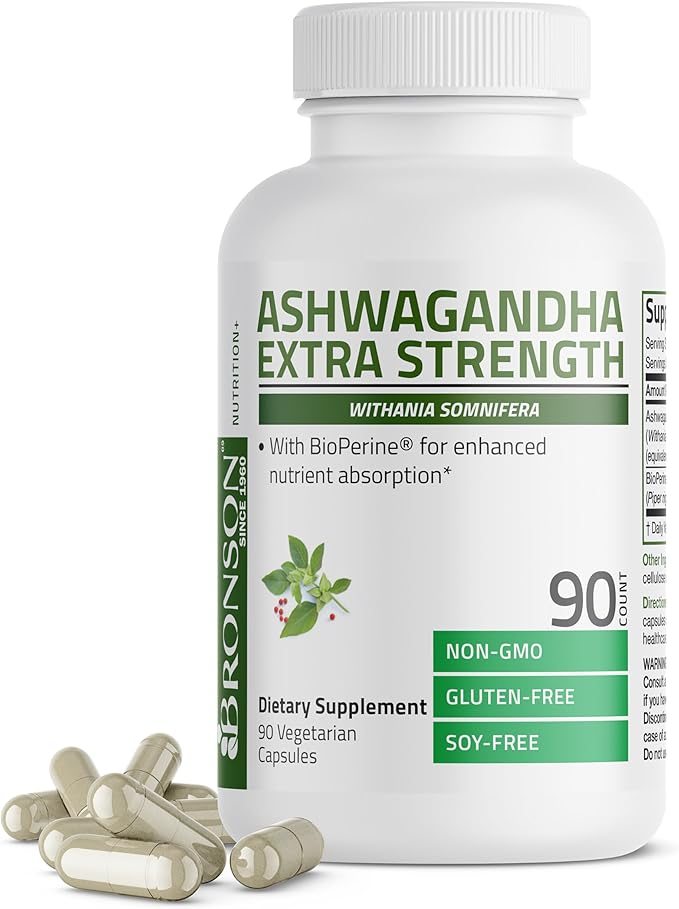Can you take Alpha Linolenic Acid and C-phycocyanins together?
Interaction Details
Taking Alpha Linolenic Acid and C-phycocyanins together has the potential for good synergy, suggesting a rating of 4 out of 5.
Alpha Linolenic Acid (ALA), an omega-3 fatty acid, and C-phycocyanins, a pigment found in cyanobacteria with antioxidant properties, may interact synergistically. ALA is involved in anti-inflammatory pathways and has antioxidant effects, while C-phycocyanins have been shown to have potent antioxidant and anti-inflammatory activities. When combined, they may enhance each other's effects on reducing oxidative stress and inflammation. C-phycocyanins could potentially amplify the antioxidant effects of ALA by directly scavenging free radicals, while ALA may support the body's natural antioxidant defenses. This combination could lead to enhanced protection against oxidative damage and inflammation-related diseases. The synergistic effect may be attributed to the complementary mechanisms of action of ALA and C-phycocyanins, which could result in a more comprehensive approach to mitigating oxidative stress and inflammation.
Potential Benefits
Potential Risks
Alpha Linolenic Acid
Alpha-Linolenic Acid (ALA) is an omega-3 fatty acid found in plant-based foods such as flaxseeds and walnuts. It is considered an essential fatty acid because the human body cannot produce it on its own.
Some benefits of ALA include supporting heart health and reducing inflammation.
C-phycocyanins
C-phycocyanin is a phycobiliprotein found in algae, known for its antioxidant and anti-inflammatory properties. Some benefits include:
- Boosts antioxidant defenses
- Reduces inflammation naturally
- Supports immune system function
